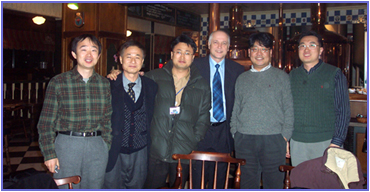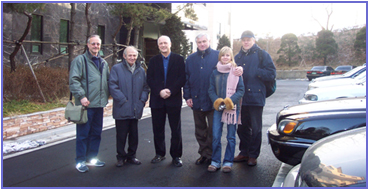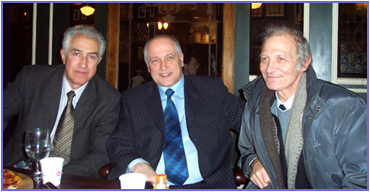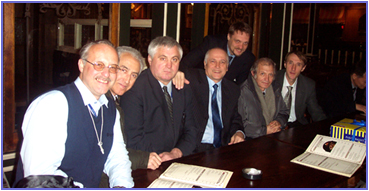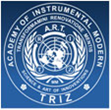PROJECTS
There are dozens of different customized projects have been realized during a long period of almost two decades.
Some of the projects have been extremely complex but interesting, and all they without exception were done with useful achievement for the customers. There several hundreds of inventive and innovative ideas were developed at these projects and many of them were patented by customers.
Till now we could not open the details about the projects because of confidentiality limitations, sometimes life-long, but are able to designate key directions for few selected of them.
SRAM
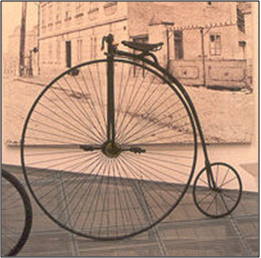
Research projects for the company SRAM, one of the two largest manufacturers of bicycle components in the world, were not just fun, but really fascinating and challenging. In the region where all long known and well worked out, unexpected turns should be done for a huge scope for new invention.
Many people, like me, were thoroughly surprised when our previously made inventions were "rediscovered" independently by Professor Orloff in his "reinventings" based on MTRIZ. It became clear that even in such "trodden" area with a long history as a cycling equipment, new and useful changes can be made with MTRIZ.
Dr. Andreas Neuer
SIEMENS
Cooperation in different directions for SIEMENS has a long history of almost a decade and a half as a whole.
Dozens of technical solutions at many projects were realized at this period.
The most interesting were the projects for automation direction including the post automation and electrified cargo (freight) motor transport.
There were the projects by the order and for joint development with a Think Tank Team of specialists with and without training in TRIZ from the very beginning and in Modern TRIZ later.
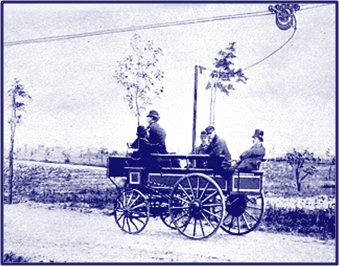
Modern TRIZ connects strategy and practice of technical thinking with intuitive models of inventiveness. It is so stunning to find effective and economical solutions when experienced professionals working in their field, are quite sure that they know all the variants and possible solutions and all possible prospects.
Dr. Georg Kinnemann
First Trolleybus of Siemens in Berlin, Germany, 1882
A story from beginning at SIEMENS
So, one evening in 1995 when I came to Berlin from Essen, where the German-Belarus engineering and programming company, that I started together with my German partner, had its head office, I opened a Berlin’ newspaper and read a short article about a new gas turbine of SIEMENS with record-breaking productivity characteristics. The productivity boost had become possible upon application of a new idea – the engineers had found a special arrangement for gas burners and increased their number. Naturally, the solution itself was not disclosed, but there was a photograph of the turbine stripped of its outer housing. Meanwhile, the secret was in the new construction of that housing. The article just mentioned that hot gas generated by the burners exerted more pressure on turbine blades, which boosted productivity and reliability of the turbine to record levels!
I opened a machine engineering encyclopedia and read the article on gas turbine operating principles and designs. I also learned about issues related to durability of turbine blades and improvement of their maintainability and overall productivity.
I was so excited with the problem that I continued the modeling exercise and eventually formulated the contradictions subject to hypothetical requirements and limitations (which were not known to me at the moment). I also defined the Ideal Final Result (IFR). After that I quite logically arrived at an apparently reasonable solution. I drew several simple sketches, and the next day called the Berlin-based SIEMENS branch which had developed the new turbine.
I wanted to tell the authors how TRIZ makes it possible to model competitor solutions without talking to the authors, just by studying patents, articles and generally any available materials, and how those solutions can be improved.
Soon a meeting was set up with the members of the design team, and we conducted our first improvised workshop in a negotiating room.
I will tell you about what happened after they have reviewed this severely abridged reinventing.
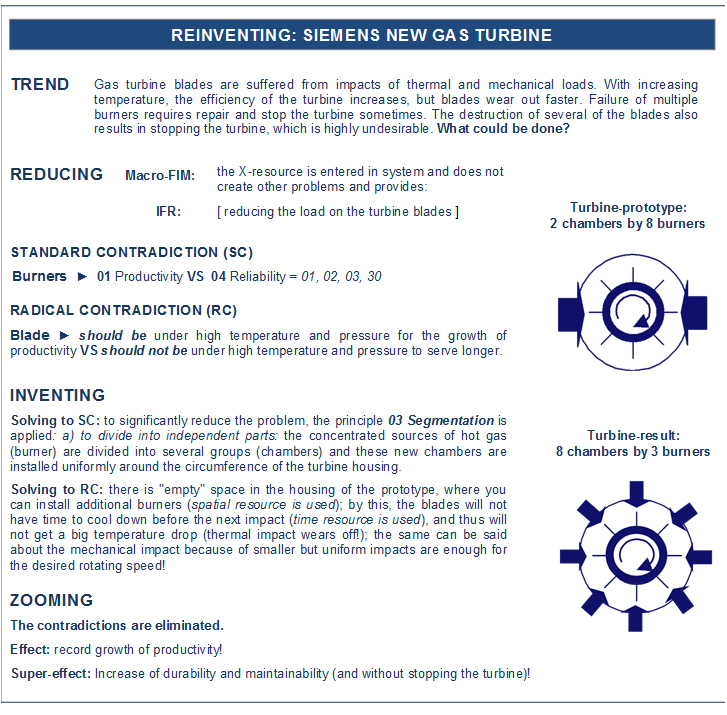
At one of the subsequent meetings, I spoke with one of the turbine designers, with other participants intently following the conversation:
– Tell me, professor, are you an expert in turbines?
– Oh no! I specialize in computer science, systems engineering, optics, mechanics, electronics, etc., and I am also a TRIZ proponent and an advisor on the basics of that theory.
– Then you must have advised turbine producers in the past.
– No, I never did that. What is this all about?
– You see, nobody here believes that you are not a turbine expert.
– But I am not a turbine expert. I have told you that!
– The thing is, after you presentation we were, well, shocked, and everybody said more or less the same thing about you: it is like he – that is you – had been inside our heads for several months while we were looking for the solution, because you described all the key contradictions that we identified, and all the key arguments to support the new solution that we came up with after tedious discussion and endless research. It is just that we structured it all in a different way.
– Thank you, I see now.
– We simply could not believe that somebody who is not an expert in this field could model our entire long-drawn-out work over the course of one evening, and then tell us not just about our results, but also – and that is the most important thing! – about how we arrived at those results. And that was very close to what we had lived with for several months before we found the solution.
I think it is quite clear from this story what "veteran rescue" I am talking about: Modern TRIZ modeling can be used to restore and record creative experience, share it with other company experts, make it available to university students majoring in relevant disciplines, convert it into an efficient warehouse of empirical knowledge that can be used to train young specialists and competently solve new problems!
SAMSUNG
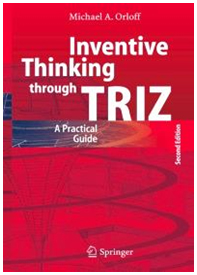
For more than two years, several trainings and projects have been implemented at Samsung Advanced Institute of Technology (SAIT), Suwon, Republic of Korea, where a book "Inventive Thinking through TRIZ. A Practical Guide" was recognized as one of two textbooks for the specialists soon after its release by Springer, New York, in 2003 (2nd edition in 2006).


Several forecast-proposals, made by Prof. M. Orloff with the (M)TRIZ-tools, have been confirmed in the subsequent years over appearance of predicted artifacts for the huge market, that has demonstrated the high efficiency of (M)TRIZ-forecasting. And some ideas are still waiting for their implementation in the near future.
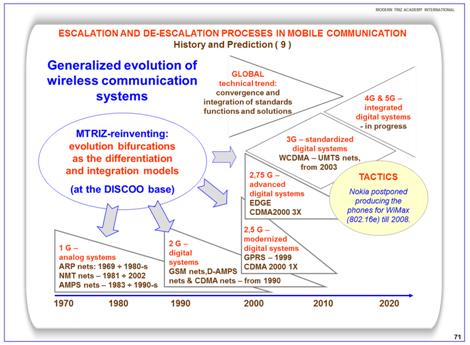


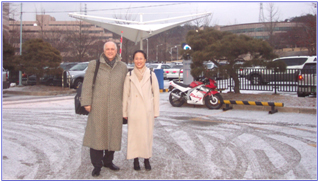
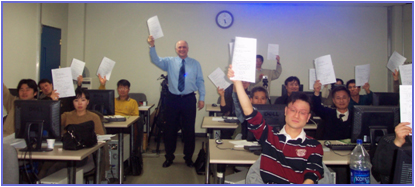
It was a tense collaboration with Korean experts SAIT, both during my visits to Suwon, and at the arrival Korean colleagues to me in Berlin. Unfortunately, the pictures at the institute could not be done.
And of course, unforgettable meetings (and work too!) were done with Russian specialists, taught and applied TRIZ for SAIT and Samsung companies. I am so grateful to them for their support of me. There are hundreds of pictures, but unfortunately they can not be placed on this website…
